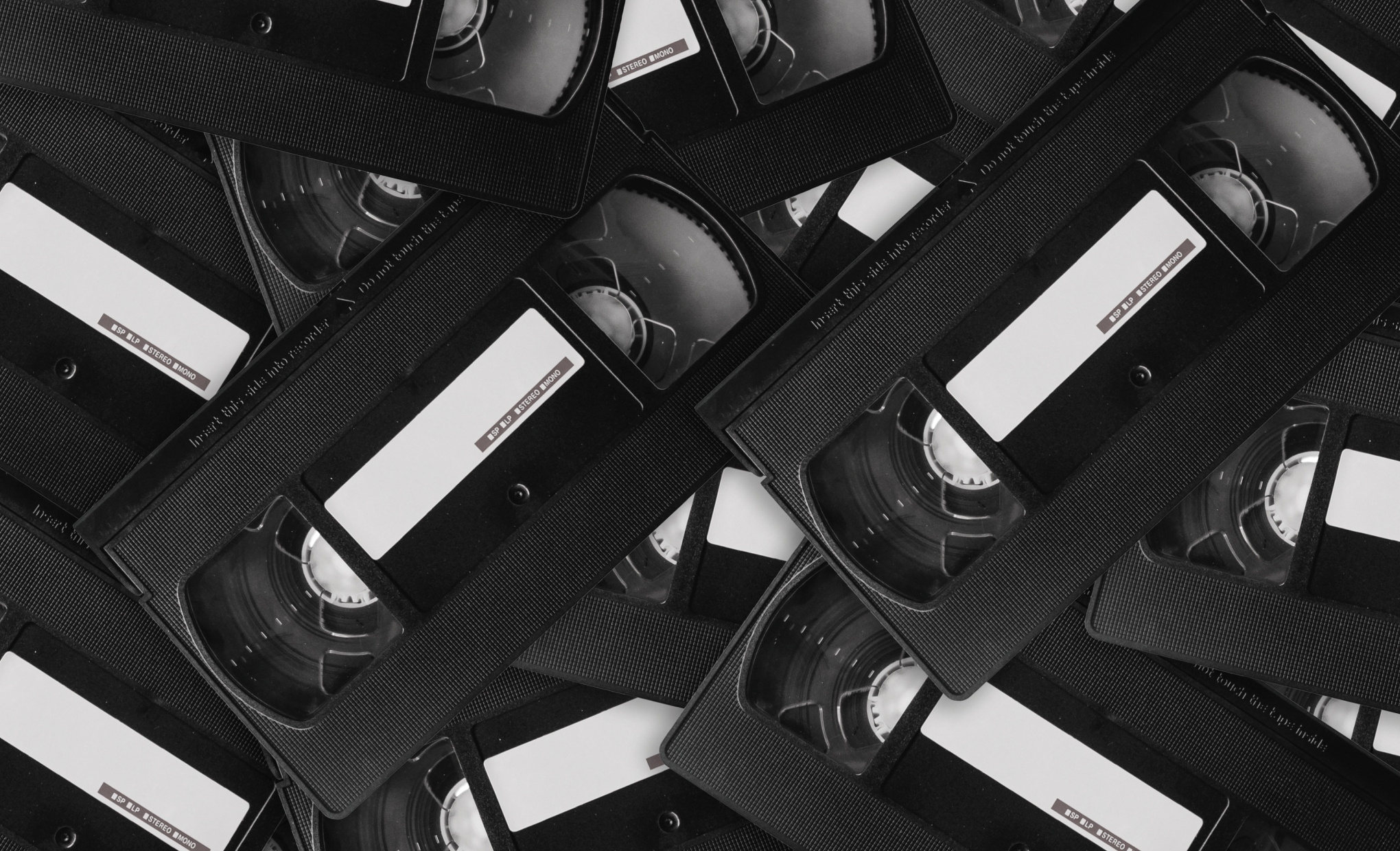The VHS, which stands for Video Home System, was unveiled in Japan in 1976 and hit the US market in 1977. It competed with the Sony Betamax for years but was eventually adopted as the preferred household video option. Designed to prevent unspooling, VHS cassettes contained two spools of magnetic tape with beginning-of-tape and end-of-tape sensors to prevent the tape from potentially unspooling itself inside a VCR. Using the thinnest acceptable tape width for playback, VHS cassettes were designed to hold about 1,140 feet of tape (nearly four football fields) and about 4 hours of footage. VHS tapes were made with plastic to create a lightweight product that could easily be used at home. And ease of use was indeed part of the appeal — even those who weren’t technically inclined could use VHS tapes and a VCR. In fact, the Motion Picture Association of America was concerned that their ease of use would result in copyright infringement, so copyright warnings were added to VHS tapes and in 1983, Macrovision, a system of coding designed to prevent users from making their own copies of VHS tapes, was introduced. Eventually, JVC improved upon the VHS and released the S-VHS (Super VHS), which became popular for use in camcorders. Later, JVC released the VHS-C (VHS-Compact), which thrived in the era of palm-sized video cameras. Eventually, the DVD (Digital Versatile Disc) replaced VHS. A single-format version of the DVD debuted in 1996 in Japan, but it didn’t catch on in America until around 2003, when it replaced VHS as the primary means of watching movies at home. Later, Blu-Ray and streaming services replaced the DVD as the primary movie-watching format. Today, many people still own old VHS tapes, particularly home videos, and converting them to a digital format has become a common service.

Your go-to guide for weird history facts
Subscribe to the FREE daily email that makes learning about history fun.


